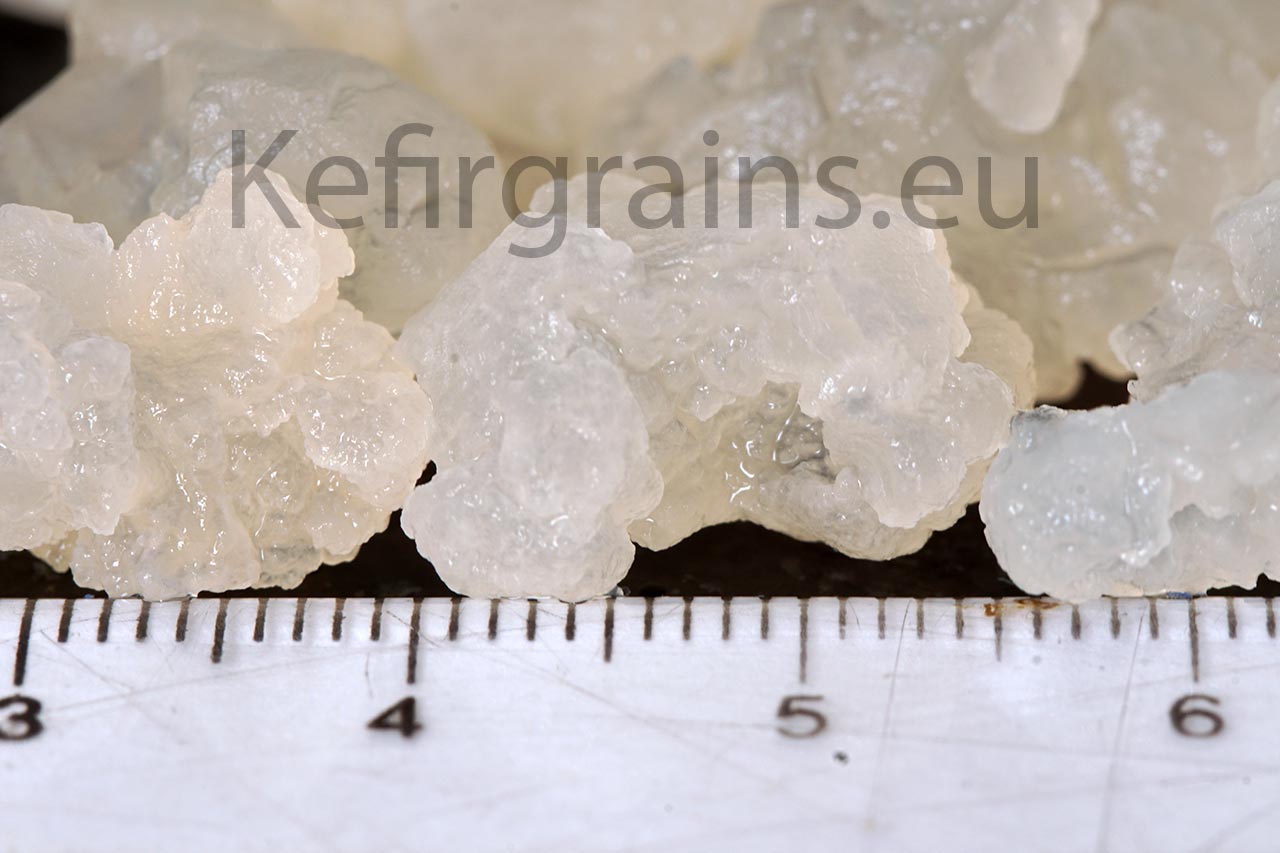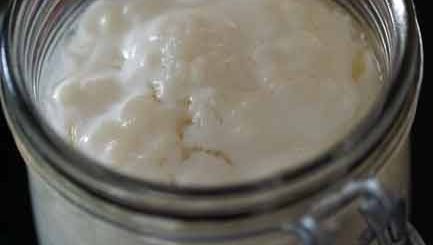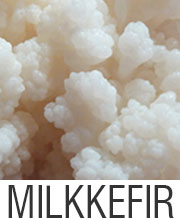Milk Kefir vs Yogurt
Milk Kefir vs. Yogurt: What’s the Difference?
Here are the differences between milk kefir and yogurt
- The consistency of milk kefir is much thinner than that of yogurt. People typically consume it as a beverage. You can pour some milk kefir over cereal, drink it or combine it with fruits to make a smoothie. On the other hand, the consistency of yogurt is thicker, and it cannot be drunk.
- Both yogurt and dairy kefir contain probiotics. Probiotics are beneficial bacteria and yeasts usually found in the intestines of humans. They restrict the growth of harmful bacteria, which can cause diseases and boost the body’s immune system. Milk kefir contains three times the probiotics that are present in yogurt. When making kefir, almost twenty distinct types of probiotic yeasts and bacteria ferment milk. Since milk kefir has a higher probiotic count, it offers more health benefits than yogurt. Your immune system will be boosted, and you will stay healthy.
- Individuals who are lactose intolerant can tolerate milk kefir, but they cannot take yogurt. This is because plenty of beneficial bacteria in milk kefir would digest the lactose in the milk. As a result, only about 1% of lactose remains in the kefir. So, lactose-intolerant individuals can easily have milk kefir.
- Milk kefir contains plenty of beneficial yeasts, such as Torula kefir and Saccharomyces kefir, that eliminate the pathogenic yeasts from the body. They keep the intestine clean and healthy. These beneficial yeasts are not present in yogurt.
- Milk kefir is also easier to digest than yogurt because of the smaller curd size of kefir. This makes milk kefir a nutritious and ideal food for older people, babies, and people having chronic digestive disorders.
Though yogurt is a more popular food, you must try milk kefir because of its many health benefits. You will surely notice an improvement in your digestive health. It is better to have yogurt and milk kefir in simple form than fruit flavors.
Can you make milk kefir without grains?
Depending on your definition of milk kefir. Milk kefir grains are a unique culture with a unique blend of microorganisms. Milk kefir made without milk kefir grains may not contain the full spectrum of bacteria, yeasts, and polysaccharide kefiran found in traditional milk kefir. On the other hand, you can create milk kefir using a Kefir Starter Culture, which mimics the cultures found in milk kefir grains. These powdered starting cultures produce a cultured dairy product with a flavor and consistency comparable to milk kefir from kefir grains. Still, it lacks the exact qualities of kefir made with love milk kefir grains.
Where to buy milk kefir grains?
The most challenging component of producing kefir is finding the kefir grains. Most health food stores sell a powdered “kefir” starter that isn’t genuine kefir. This powdered “kefir” starter, a collection of bacteria strains found in kefir, lacks the robustness to withstand multiple re-cultures. If you want to keep your colony of kefir grains, you must either acquire freeze-dried grains or make friends with someone with milk kefir grains.
Buy milk kefir grains at the Kefirshop
BUY GENUINE LIVE MILK GRAINS
You will receive fifteen grams of live organic healthy milk kefir grains, which will produce at least two cups of kefir a day and much more as the kefir grains grow. You will also receive detailed step-by-step instructions: Everything you need to know for caring for your kefir grains and making great kefir.
Milk kefir made from Fresh Milk Kefir Grains
tangy, sour-tasting drinking beverage is produced from organic milk kefir grains. Our cultures have detected the majority of bacteria and yeasts. Most individuals dislike consuming milk kefir. It is preferable to think of it as a pharmaceutical. To cover the sour flavor, combine it with fruit or honey, or make a smoothie.
A cultured, fermented milk beverage made from organic milk kefir grains originates from the hilly region that separates Asia and Europe. It tastes tangy and sour and has a slight fizz, like yogurt, but it is a drink. Carbon dioxide, the byproduct of fermentation, is responsible for this. The taste will vary depending on how long the fermentation process lasts. A superb provider of calcium and a bacterial powerhouse, milk kefir.
Kefir grains contain a wide range of bacteria that have been isolated and identified. The known species comprise four genus groups—Lactobacilli, Streptococci, Acetobacter, and Yeasts. Milk kefir is one of the best sources currently known for bacteria and yeasts, with more than 50 strains being discovered from distinct parts of the world. Milk sugars are converted by the milk kefir grains into lactic acid, Carbon dioxide, and trace levels of alcohol. Although fermented milk kefir contains little alcohol, we have never seen or experienced any adverse effects. But if you’re sensitive to alcohol or told to avoid it, we thought it was worth discussing.









